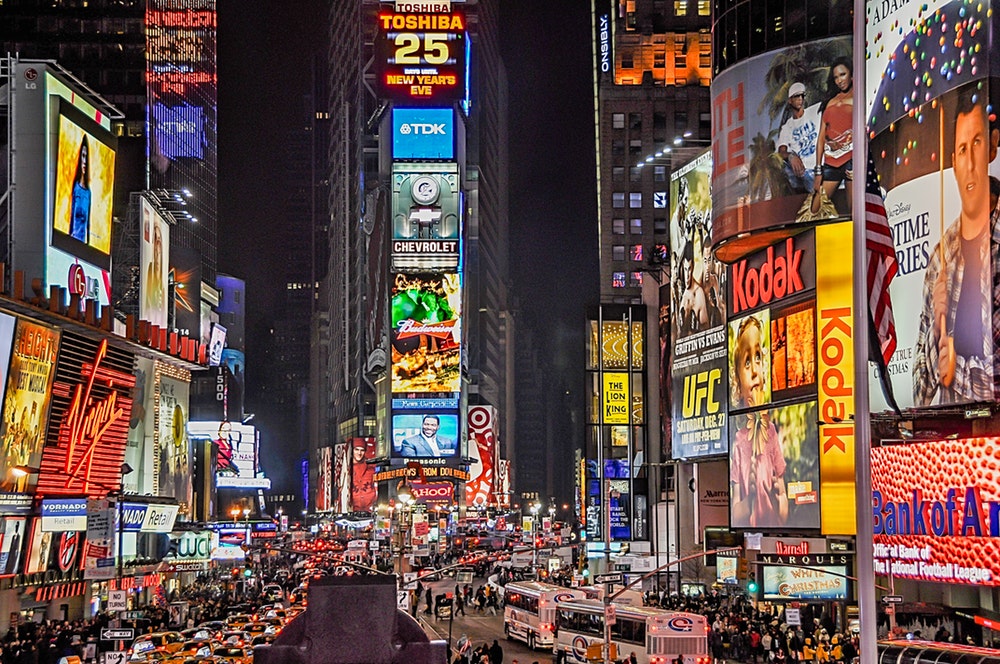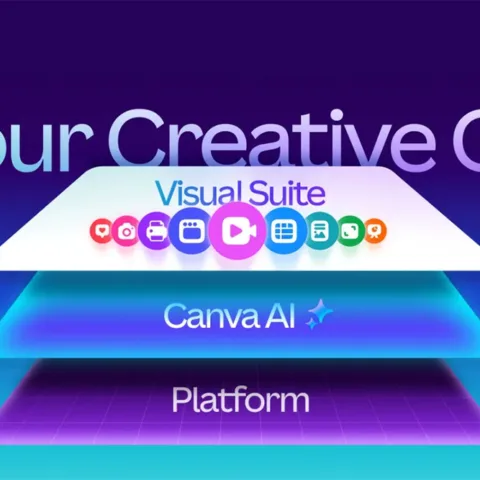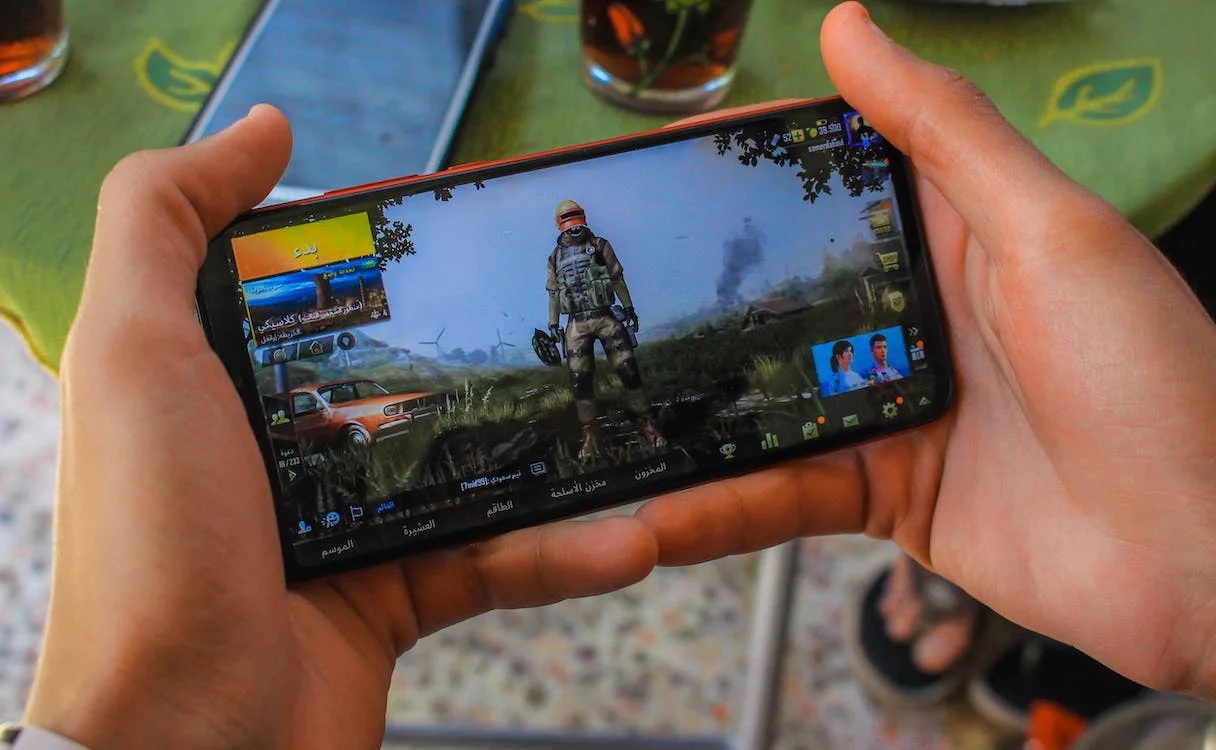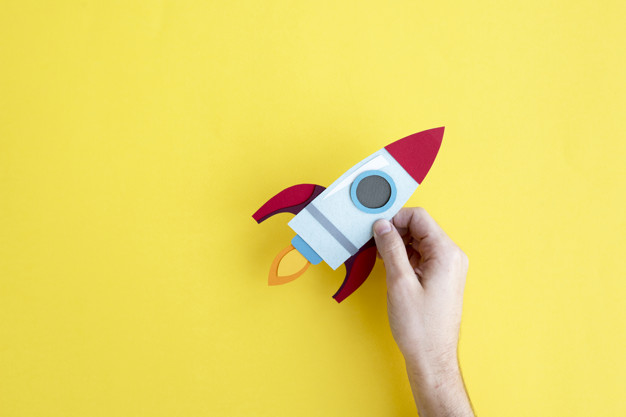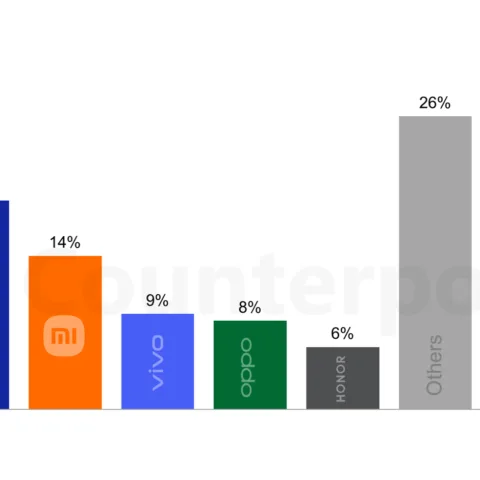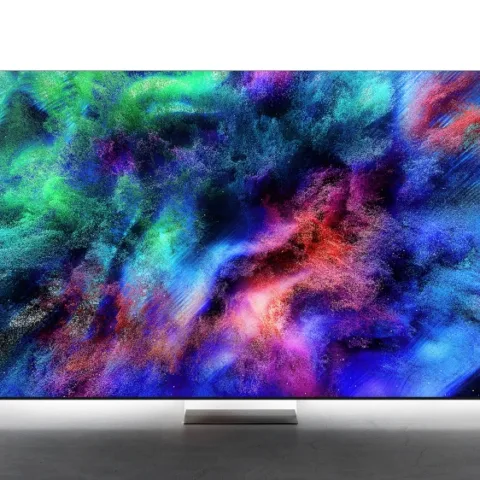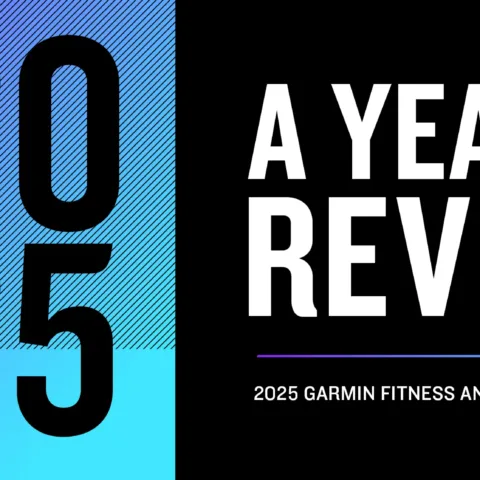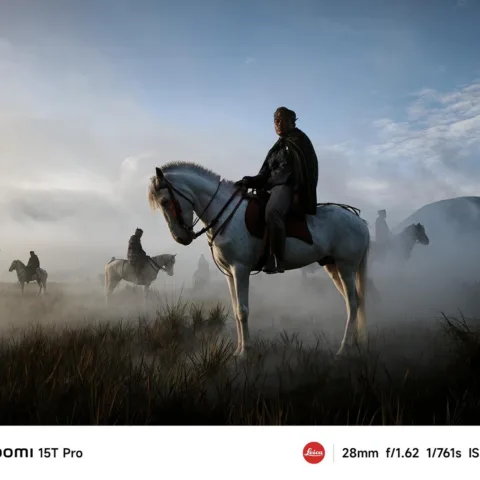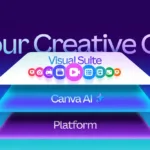Banner ads used to be a huge success for the internet industry.
Advertisers were thrilled to see ads displayed nearly every corner on the internet and publishers were excited to acquire extra revenue stream other than advertorial.
What little did people realize, however, was that this success was not essentially beneficial to internet users.
Website visitors’ reading experience was tremendously disrupted and the average page load time strikingly increased.
Internet users suffered from banner ads for a long time until the emergence of native ads.
Native ads do solve the long-standing pain point among internet users. It is growing fast and is expected to keep the growth momentum in the following years.
The increasing popularity doesn’t come out of surprise as the importance of user experience arises.
Here I conclude 4 top reasons how native ads beat banner ads and why native ads will become the mainstream advertising format in the future.
Native ads provide better traffic
The reason why native ads stand out is not simply because of the non-intrusive and editorial-like formats but largely because of the utilization of content marketing.
As compared to typical banner ads that emphasize on massive exposure, native ads focus more on before and after-click user experience.
The non-intrusive look makes users feel more comfortable and filters out some random users who carelessly or mistakenly click on ads.
More importantly, interesting and insightful content shared in landing pages creates a strong incentive for users to stay longer, resulting in higher page view and average session duration.
“Native ads can deliver the same, sometimes better, performance as banner ads do. We also find an interesting phenomenon that users are more willing to share the content from natives ads. This is not common for banner ads,” indicated Hoyoung Lee, Dable Country Manager of Indonesia.
If native ads are utilized well, a website would see more quality traffic generated from new visitors coming in. The enlarging user base will, afterward, become a great source for remarking use and fuel the growth momentum for stagnant businesses.
Native ads offer higher relevance
Unlike banner ads, which only rely on audience targeting, the exposure mechanism behind natives ads is based on both audience targeting and contextual targeting.
Only when the target audience fits advertisers’ desired demographics and, meanwhile, titles of the ads match articles and context will the native ads be displayed.
For example, native ads will place an advertisement about beauty product targeting younger females to under an article of fashion show news update instead of car racing competition.
To boost higher relevance, websites should take advantage of content recommendation technology to recommend relevant articles that website visitors might feel interested in.
This approach ensures that advertisers’ ads not only are exposed to customers who are more likely to click but also are put in a more relevant context where users don’t find ads irrelevant.
Native ads significantly blur the boundary between advertisement and editorial content and ultimately produce a better click-through rate (CTR).
Native ads are less likely to be ignored
We are entering an era of banner blindness where internet users unconsciously ignore banner-like information.
People have got used to disturbing banner ads as if they are not existing.
According to research, about 44% of the money spent on ads is wasted on ads that remain unviewed by website visitors. Overall, the average CTR for banner ads continues dropping down.
While this phenomenon has become a hot potato to handle for marketers, native ads, with its user-centric features, is expected to be the best remedy.
It is reported that internet users are willing to click on native ads even though they have recognized the advertisement. The average click-through rate for native ads is also outstandingly higher by 57%, comparing to banner ads.
Going native and presenting better advertising experience is the only way out to beat banner blindness.
Native ads are rarely blocked
To deal with annoying display and banner ads, more internet users nowadays choose to install ad blockers to avoid the visual interference experience.
In fact, according to a study, around 30% of internet users around the world now use ad blockers, signifying the growing unpopularity of banner ads.
On the contrary, native ads don’t seem to have any issue with interrupting the reading experience. Further to that, native ads are not blocked in most cases.
The reason is that every single piece of native ads requires advertising platforms to conduct in-depth cooperation with each media publisher.
The format of native ads is well crafted and well blended into the website. Oftentimes, it is hard to tell whether or not native ads are advertisements if you don’t take a close look.
Consequently, native ads are rarely recognized as a target for ad blocker software, gaining more exposure opportunities without intruding.
–
Disclosure: This guest post is written by Edison Chen. He is Sales Manager, Advertiser Solution at Dable.

